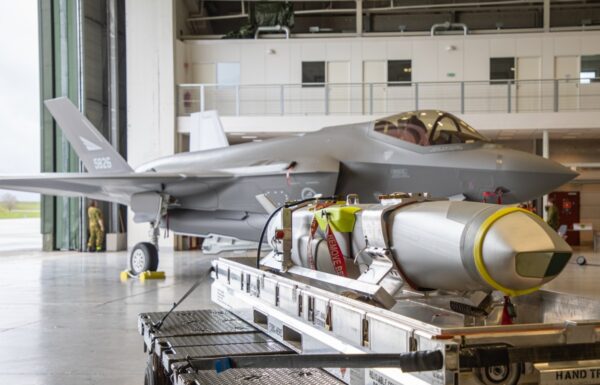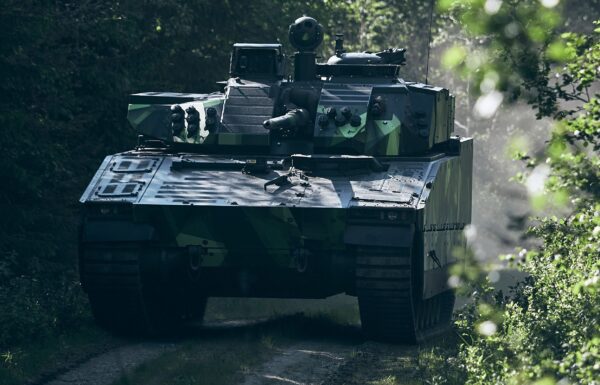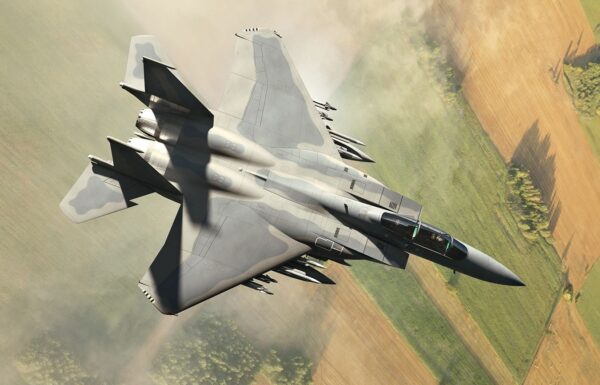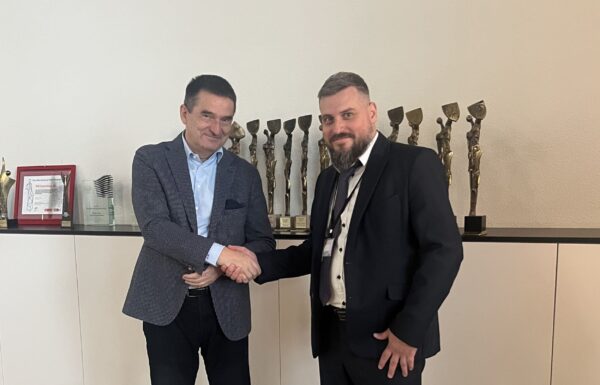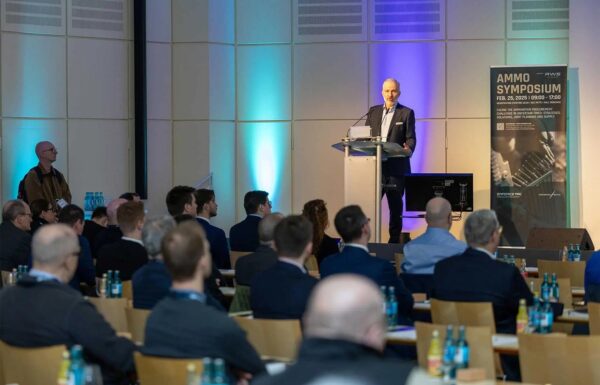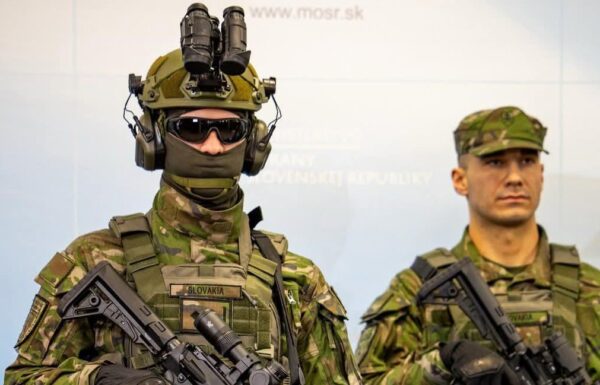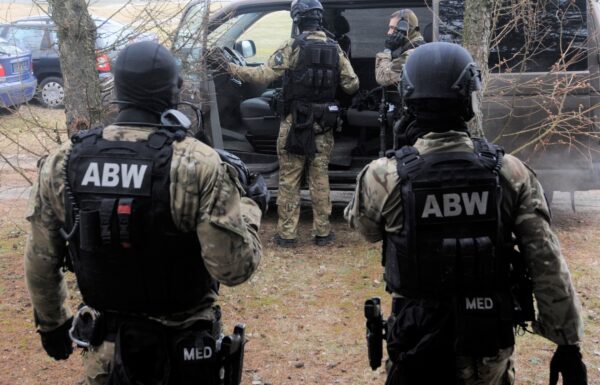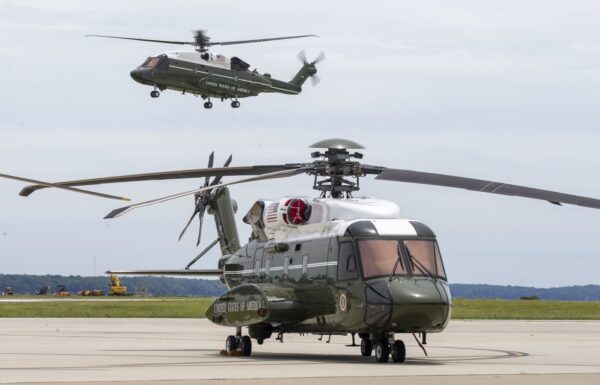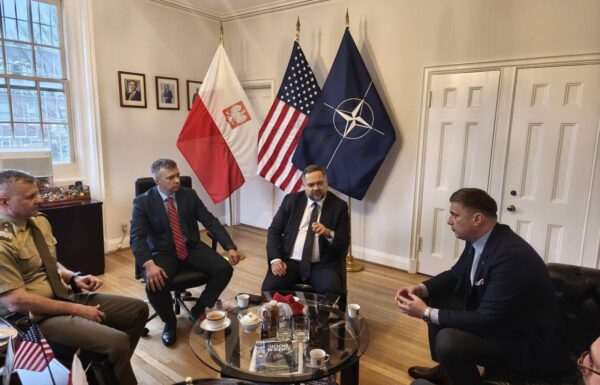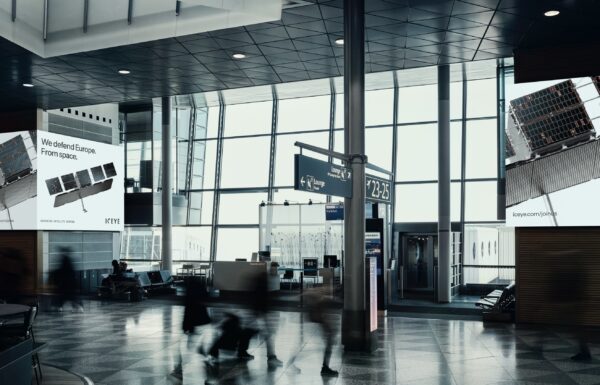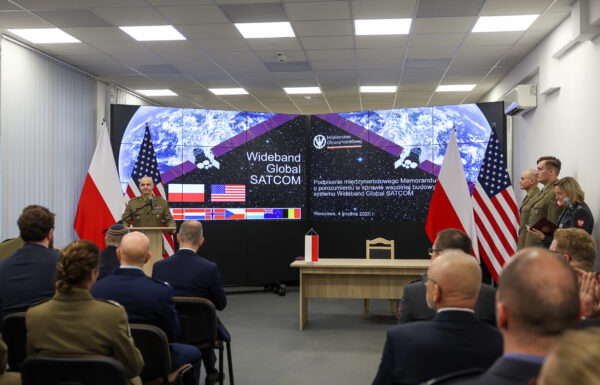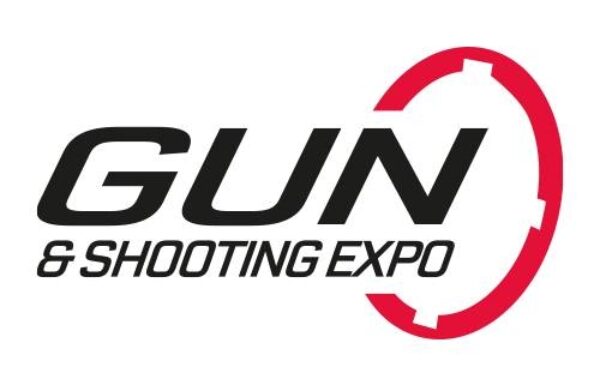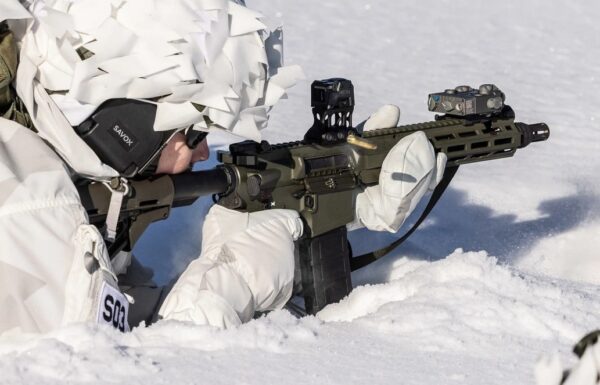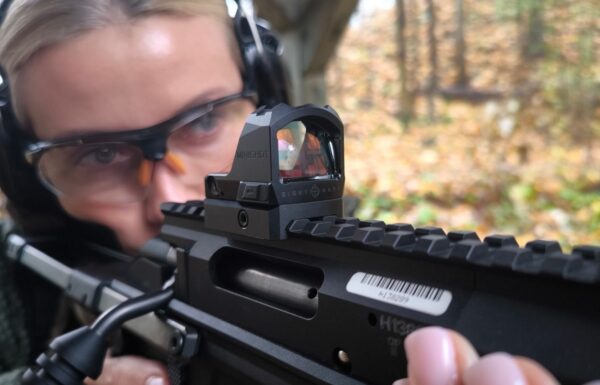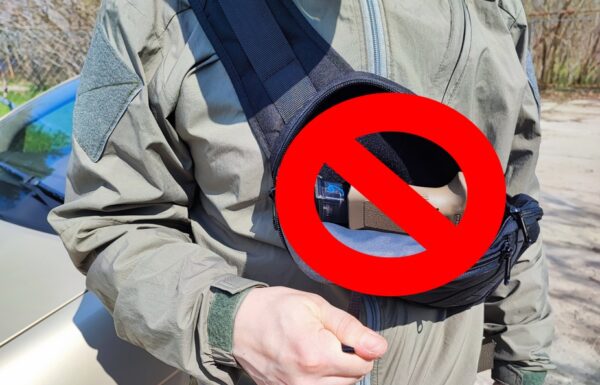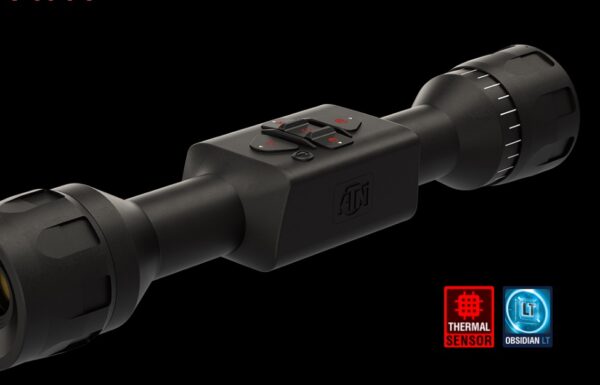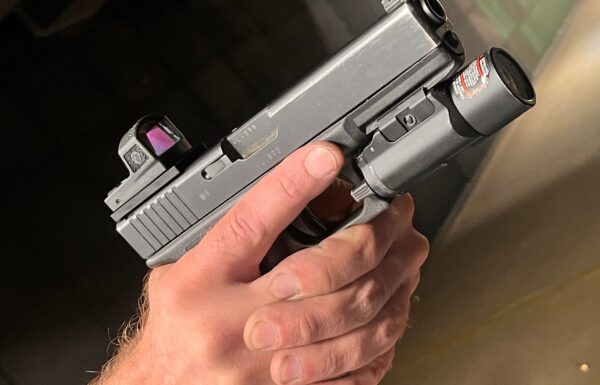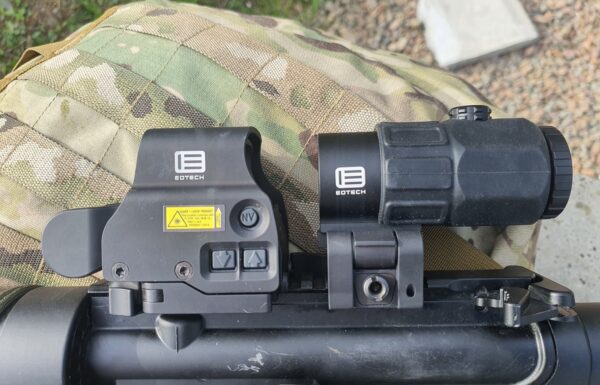On Wednesday, November 6, 2024, Deputy Minister of National Defense Paweł Bejda, responsible for overseeing the technical modernization of the Polish Armed Forces, announced on social media the commencement of key executive contracts for the acquisition of short-range air defense (SHORAD) missile systems under the codename Narew. This includes the delivery of MBDA CAMM-ER anti-aircraft missiles and iLauncher launchers adapted to the IBCS system.
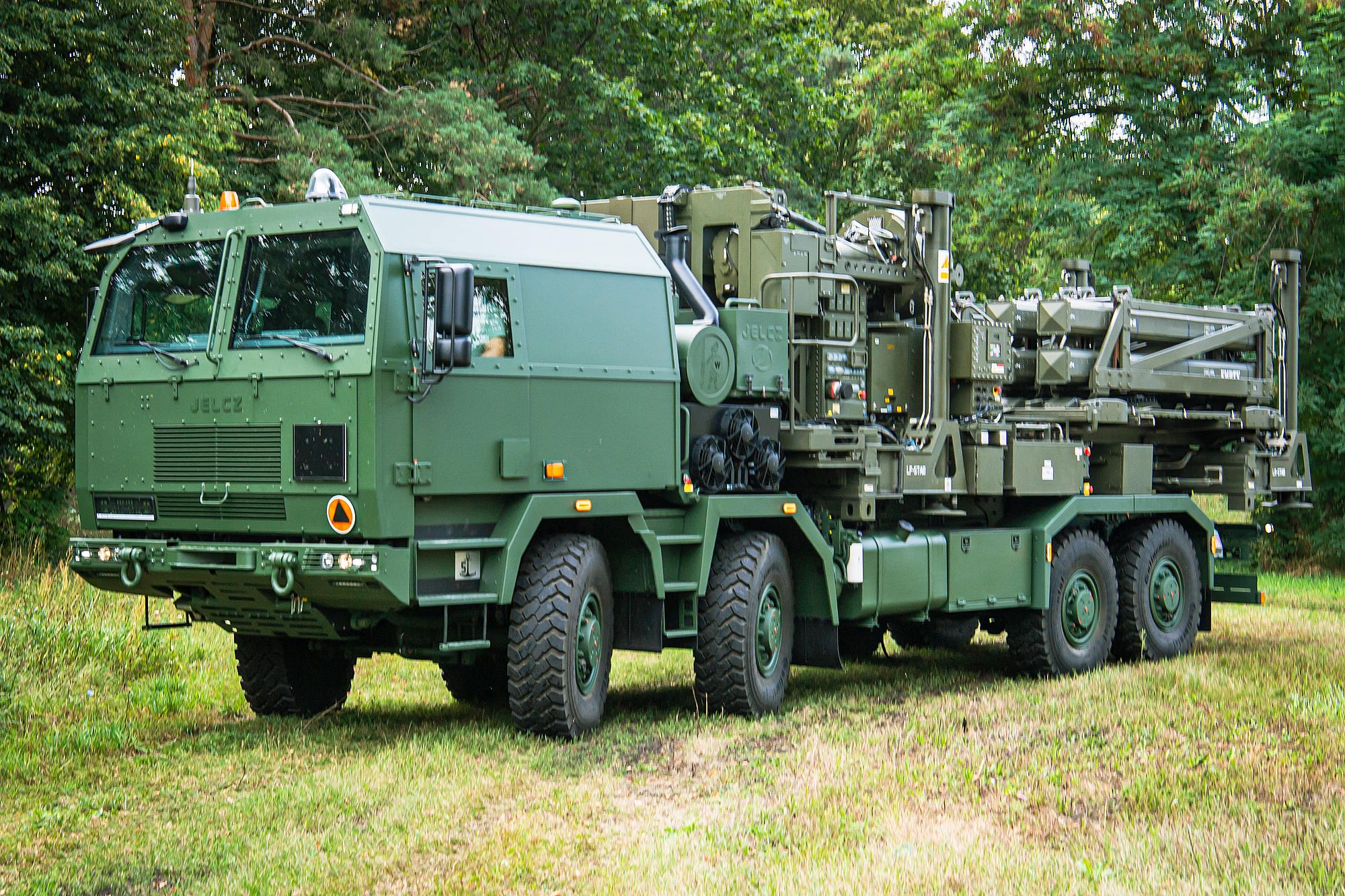 Photos: Polish Armaments Group
Photos: Polish Armaments Group
“Today, as part of a meeting between the PGZ-Narew Consortium, MBDA, and the Armament Agency, the implementation of the most important executive contracts of the Narew program began, including the delivery of CAMM-ER missiles and iLauncher launchers adapted to the IBCS system (…) most importantly, as part of these contracts, there will be a substantial transfer of technology and knowledge, ensuring the production and development of the system based on Polish industry and in cooperation with the UK’s MBDA,” Deputy Minister Bejda wrote yesterday on the social media platform X.
The PGZ-Narew Consortium consists of: Polish Armaments Group (leader), Huta Stalowa Wola (HSW), Jelcz, Mesko, OBR CTM (Ośrodek Badawczo-Rozwojowy Centrum Techniki Morskiej – the Research and Development Center for Marine Technology), PCO, PIT-Radwar, Military Communications Works No. 1, Military Electronics Works, WZU, and ZM Tarnów.
On September 5, 2023, then-Minister of National Defense Mariusz Błaszczak, in the presence of the President of the Republic of Poland, Andrzej Duda, approved additional executive contracts for the acquisition of Narew short-range air defense missile systems.
Under the first contract, over a thousand CAMM-ER missiles were ordered, and under the second, 138 missile launchers adapted for integration with the IBCS system. A technology transfer was also contracted, ensuring the production of both missiles and launchers in Poland, along with a comprehensive training and logistics package. The contracts stipulate the delivery of these Narew battery system components from 2027 to 2035.
This marks the continuation of the framework agreement signed in September 2021, aimed at defining the terms for awarding and executing executive orders for the Narew system delivery. It also outlined subsequent actions to initiate the delivery process of preliminary effector system components to accelerate the achievement of combat capabilities in countering aerial threats.
Subsequently, on November 30, 2021, the first executive contract was signed, valued at approximately 18 million PLN, for continuous project management services and the execution of ad-hoc tasks assigned by the contracting authority related to the implementation of the project.
The Narew program is the largest and most complex modernization program in the history of the Polish Armed Forces, with an estimated value reaching tens of billions of PLN. An interim solution was the acquisition of two batteries of the so-called “Little Narew” in April 2022, which have already entered service.
Therefore, on June 25 of this year, the Council of Ministers adopted a resolution to recapitalize the companies within the PGZ-Narew Consortium, submitted by the Minister of State Assets. Under this resolution, the Consortium will receive approximately 3,888.11 million PLN between 2024 and 2030 in seven stages.
…co najważniejsze — w ramach realizacji umów nastąpi szeroki transfer technologii i wiedzy zapewniający produkcję oraz rozwój systemu, w oparciu o 🇵🇱 przemysł i kooperacje z 🇬🇧 @MBDA_UK. pic.twitter.com/BmwW5tb4yX
— Paweł Bejda (@pawelbejda) November 6, 2024
Meanwhile, on October 31 of this year, the British export credit agency, UK Export Finance, released information regarding the British government’s support for the Narew program. According to documents published and dated May 24, the financial risk guarantee associated with the program was set at approximately 9 billion GBP (compared to a proposed 15 billion GBP) in the event of repayment issues with any of the contracts. However, the risk for Poland was assessed as low.


